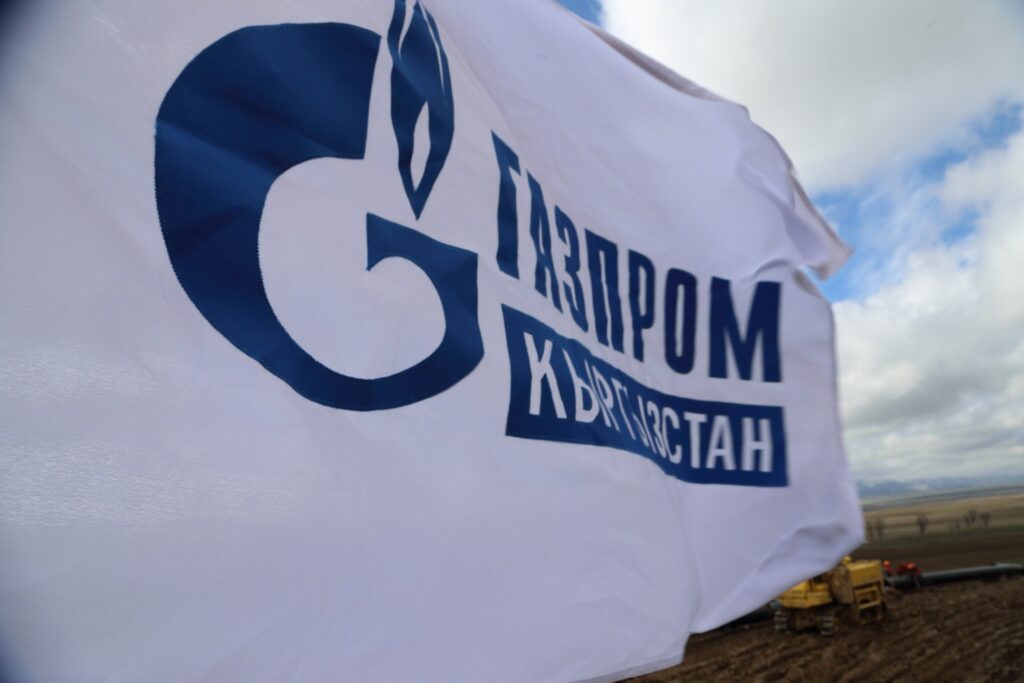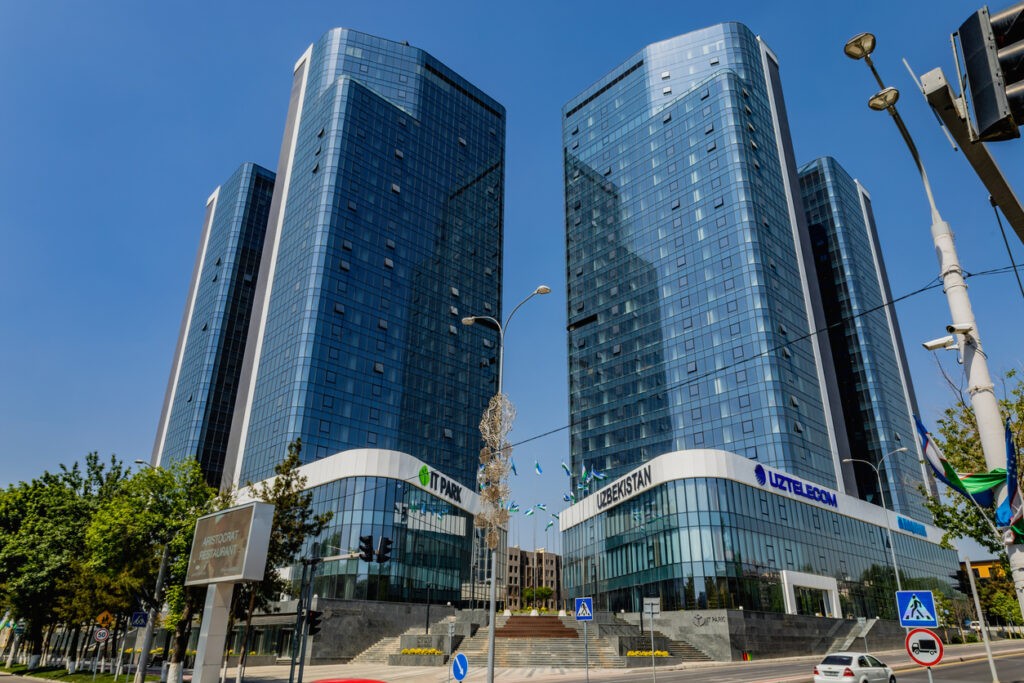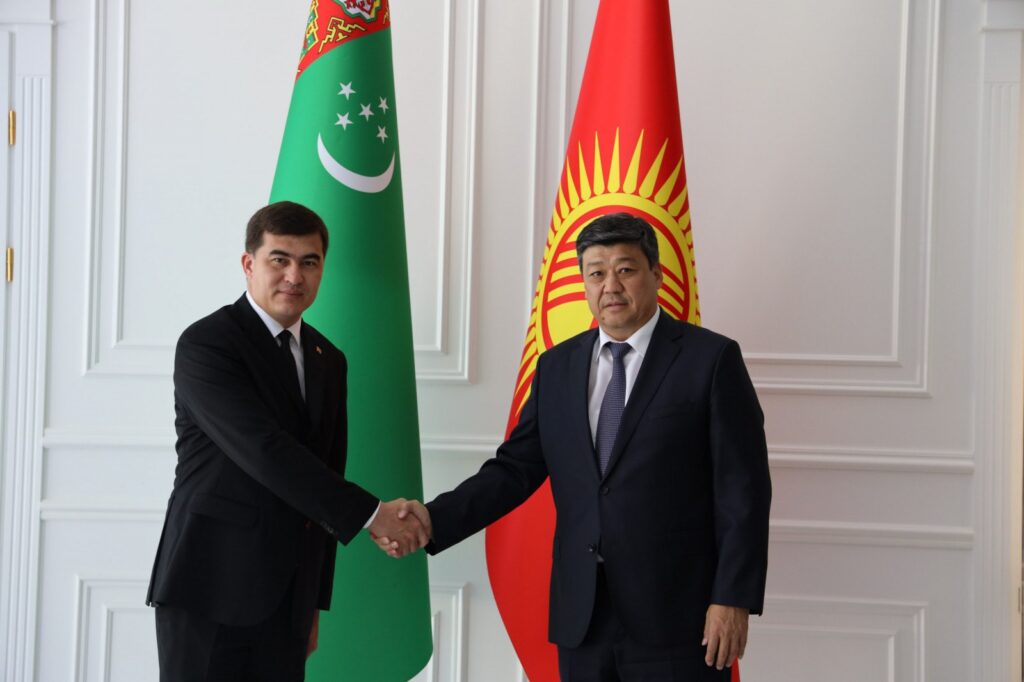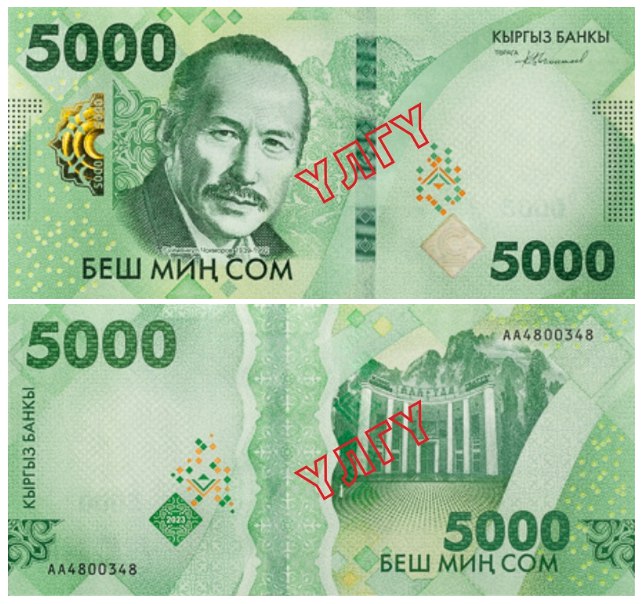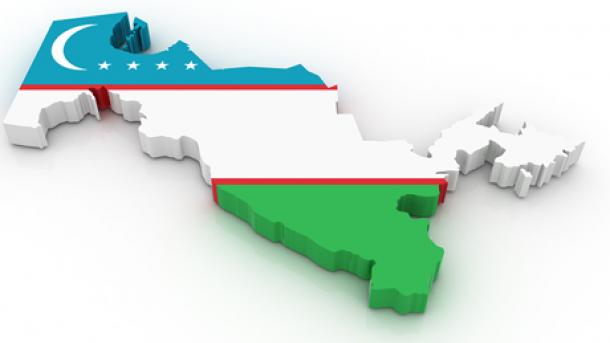BISHKEK (TCA) — A quarter of a century ago, on May 10, 1993, Kyrgyzstan was among the first CIS countries to introduce its own currency.
The correctness of this historic decision has been confirmed by time. The Kyrgyz som has proved its independence and consistency despite the periodic shocks of the economy, Chairman of the National Bank of the Kyrgyz Republic (NBKR) Tolkunbek Abdygulov said on May 7 at a meeting commemorating the 25th anniversary of the national currency.
A stable national currency is among the most important economic indicators, Abdygulov said.
The Kyrgyz som is also the most stable currency providing for a low level of inflation, said Marat Sultanov, who headed the National Bank in 1993. “When we were going to introduce our own currency, no one believed that it would be stable, and many predicted a failure,” Sultanov said.
On May 10, Kyrgyzstan annually celebrates the National Currency Day.
Best regional banknote
A 2000-som commemorative banknote won a prestigious international competition “The Best Regional Banknote of 2018” among the countries of Central and Eastern Europe and the CIS.
The banknote issued last November was dedicated to the 25th anniversary of Kyrgyzstan’s independence and the 25th anniversary of its National Bank.
The banknote was awarded “for outstanding achievements in design, the use of modern protective elements in decoration, technological equipment and security of the banknote”.
Developing banking system
NBKR Chair Abdygulov spoke about the development of the banking system in the country.
For a relatively short period since independence, the domestic banking system has proved its sustainability. The activity of banks is constantly improving, and they introduce innovative technologies and expand the range of services offered.
The reserves of the National Bank exceed $2.18 billion, and this allows us to look confidently into the future, Abdygulov said earlier this year at a news conference in Bishkek.
International currency reserves of Kyrgyzstan consist of more than ten types of currency, including SDR (special drawing rights of the IMF) and gold. They can be used for international settlements and payments, covering the balance of payments deficit and stabilizing the exchange rate of the national currency.
The NBKR uses foreign exchange interventions to smooth sharp fluctuations in the exchange rate.
Bank deposits of Kyrgyz citizens amounted to 121.6 billion soms at the end of 2017, the NBKR said. Back in 2012, the population kept 53.2 billion soms in banks, 71.1 billion soms in 2013, 85.9 billion in 2014, 109.4 billion in 2015, and 107 billion in 2016.
The population now keeps 63.8 billion soms in the national currency and 57.8 billion soms in foreign currency.
Innovative payments
The analysis shows the annual growth of both the amount of taxes paid and the number of payments by innovative methods.
The amount of payments to the state budget through peripheral devices has almost tripled and the number of payments has doubled over the first three months of 2018 compared to the same period in 2017. According to the NBKR, taxpayers carried out 65.14 thousand tax payments for 70.1 million soms through peripheral devices, including payment terminals, ATMs, web cash desks, electronic purses, as well as mobile and Internet banking.
In Kyrgyzstan, there are now 2,446 payment terminals through which it is possible to pay taxes. The State Tax Service concluded agreements with 17 banks on providing services to the public on acceptance of non-cash tax payments.
No external threats
There is an increase in the industrial sectors and there are no external threats to the national economy, NBKR Chairman Abdygulov said at a press conference in Bishkek. In addition, remittances from labor migrants are an investment in the economy, he added.
According to a decision recently adopted by the NBKR, commercial banks can place their money in foreign currency on deposit accounts of the National Bank. This will help reduce financial risks and concentrate funds of the banks.
The credit portfolio of Kyrgyz commercial banks increased by 16% in 2017 including 30% in the national currency.
Digital money
At the meeting on May 7, NBKR ex-Chairman Sultanov spoke about digital money in the banking sector. There is virtual money in the world, and digital technologies are developing. “In some five years, I would like to see that Kyrgyzstan is among the countries to introduce not only paper but also virtual money,” he said.
The National Bank of Kyrgyzstan does not intend to hamper the development of the crypto-currency market in country, but warns about the risks of using this type of currency, NBKR Chairman Abdygulov said earlier this year.
It is very difficult to prohibit the currency that we do not issue, but Kyrgyz citizens who invest in cryptocurrency do so at their own risk, he said. “One can play on raising the price of the crypto currency, hoping that the investment will grow. It is possible, but the National Bank does not bear any responsibility,” Abdygulov told Sputnik Kyrgyzstan news agency. “The risk that you could lose your money is very high. It is better to rely on those tools that have been tested by time,” he added.

